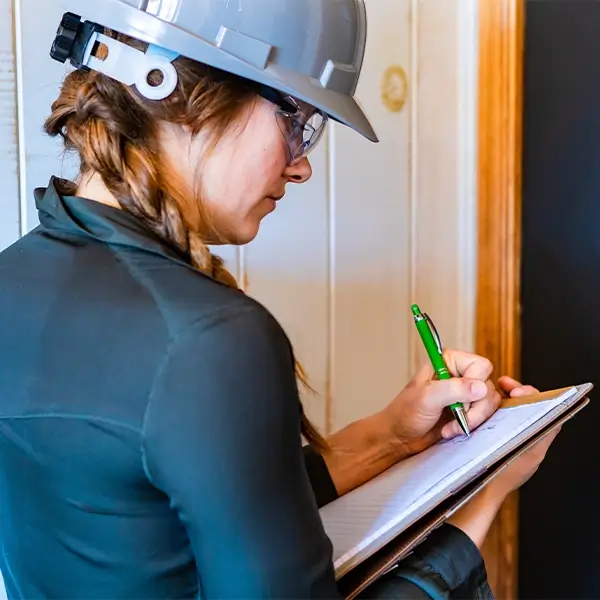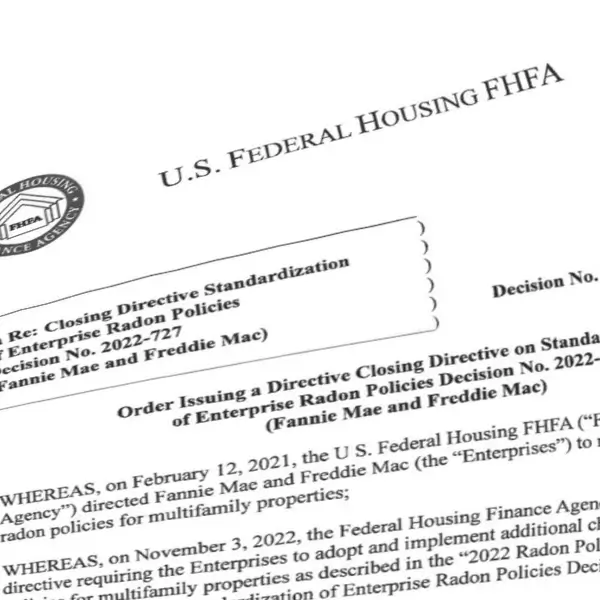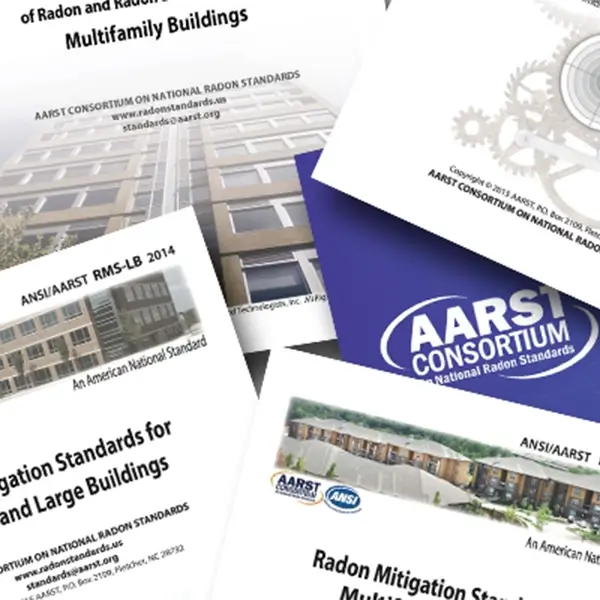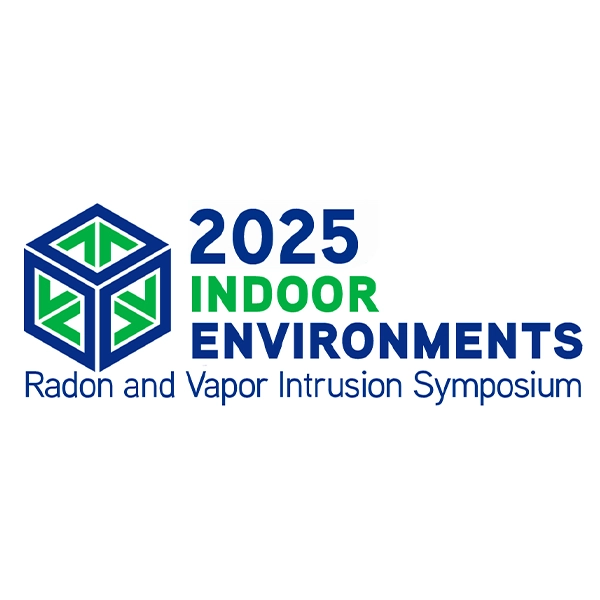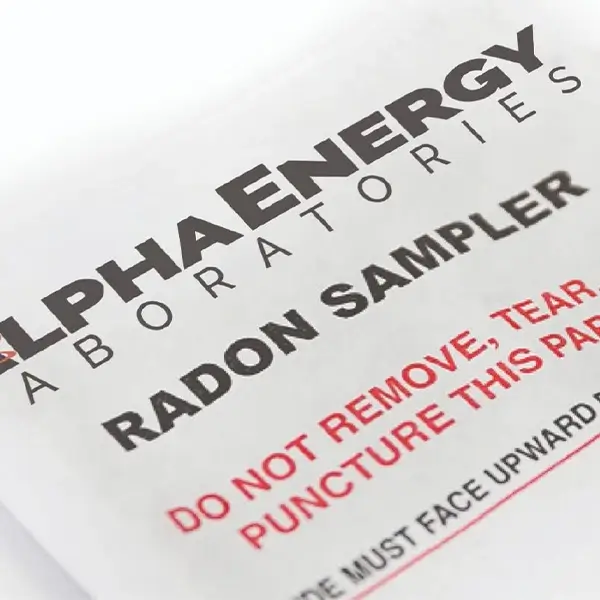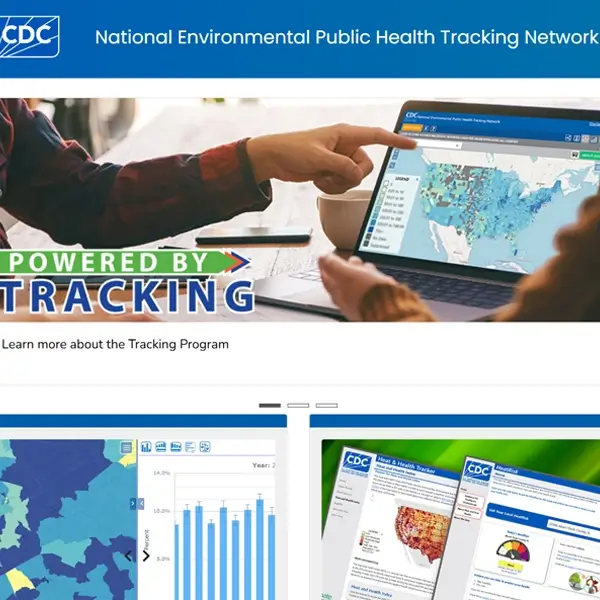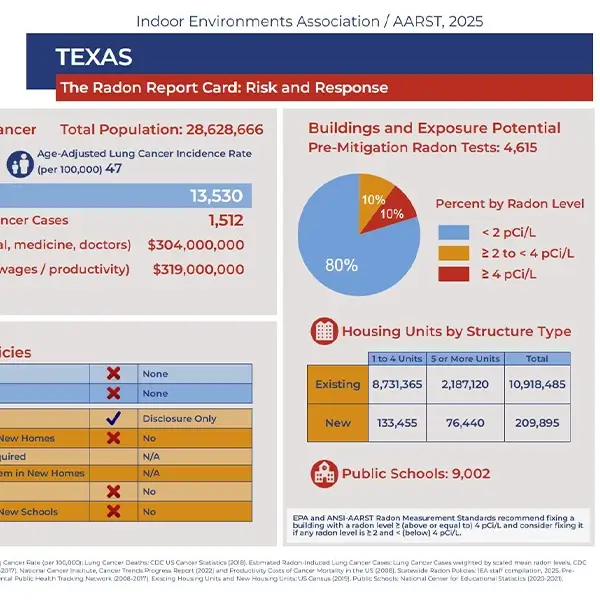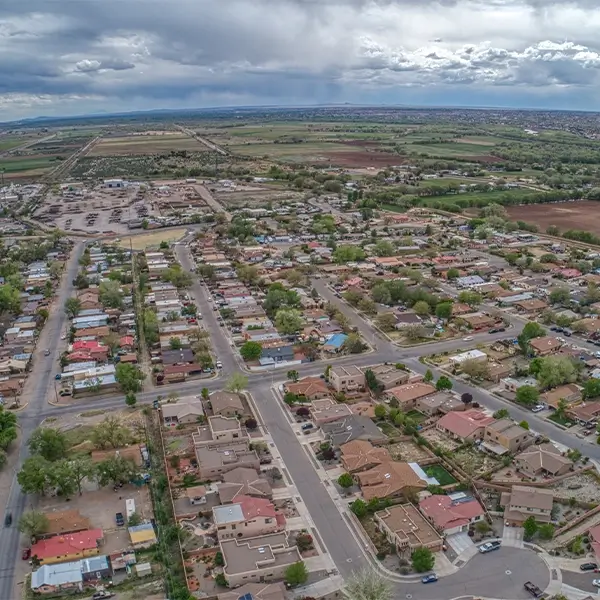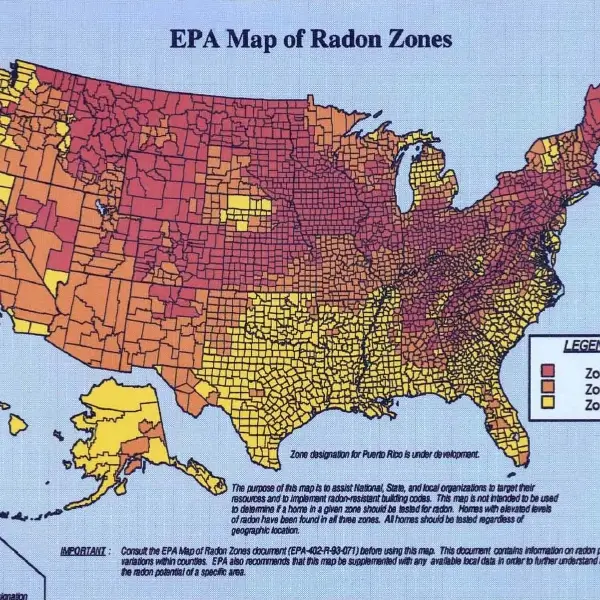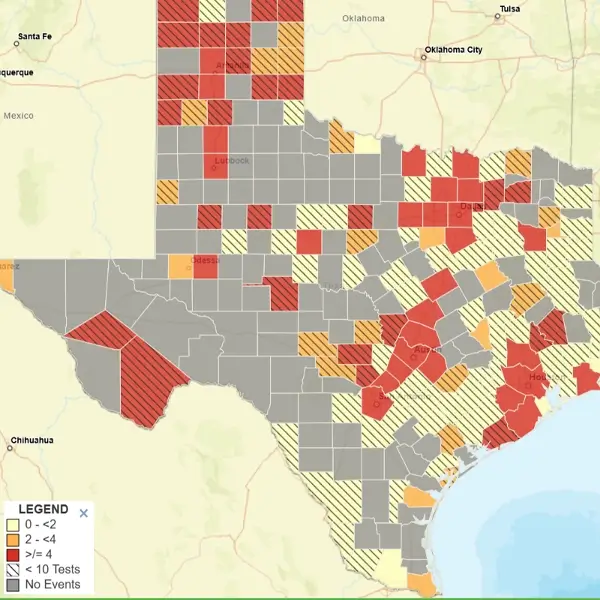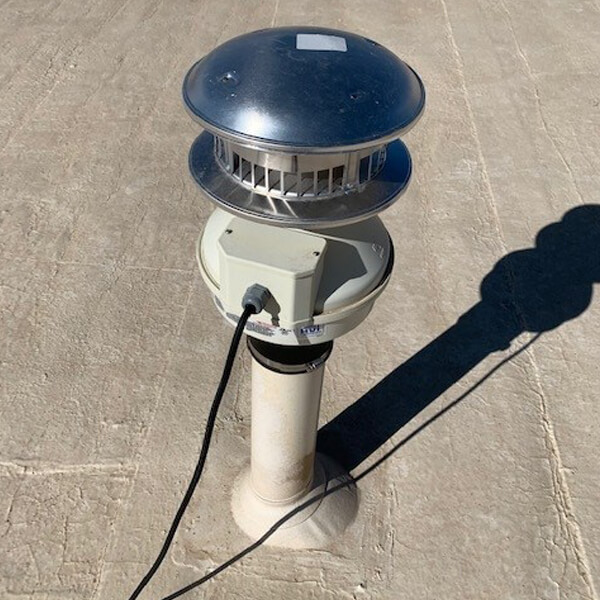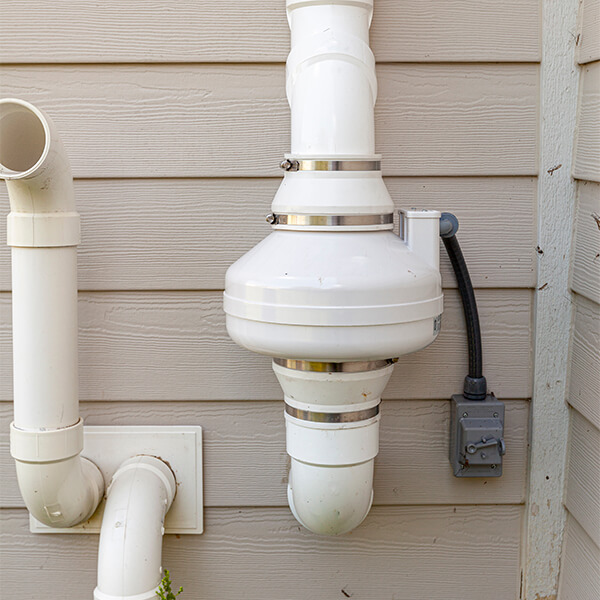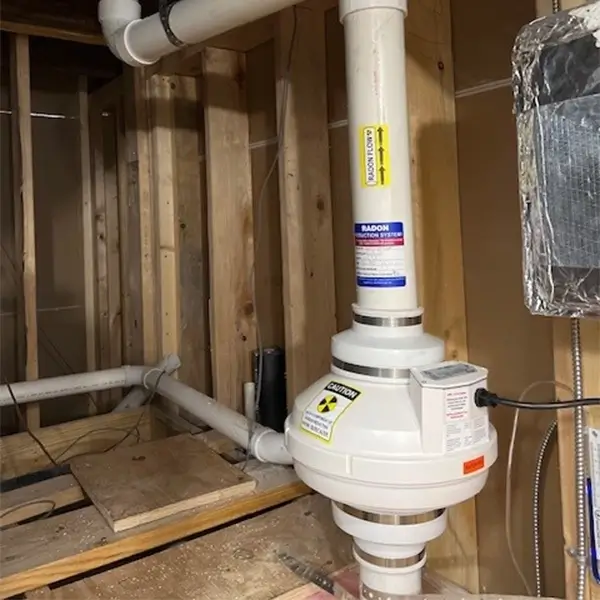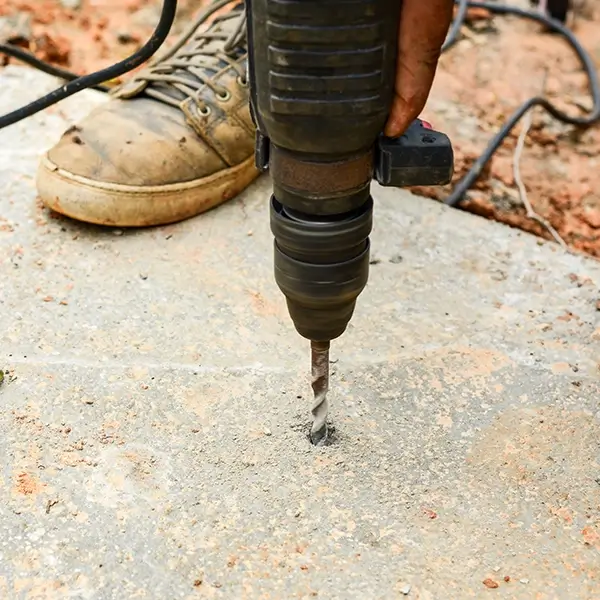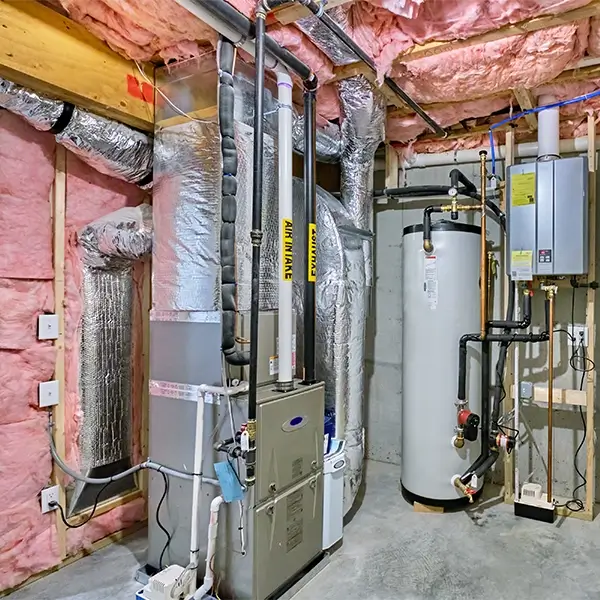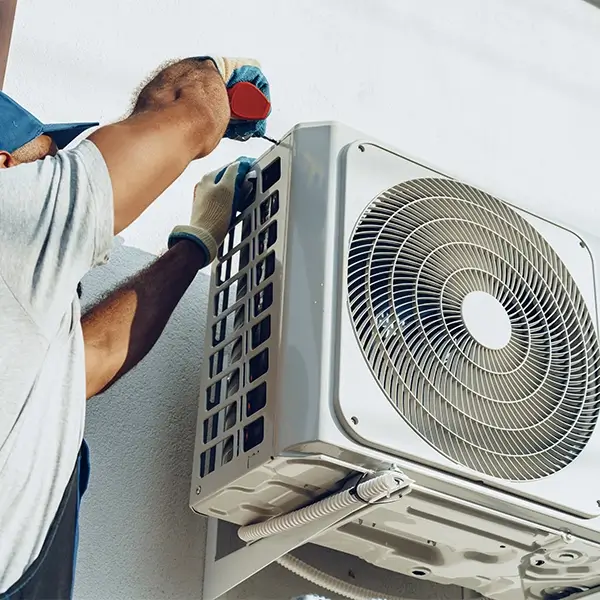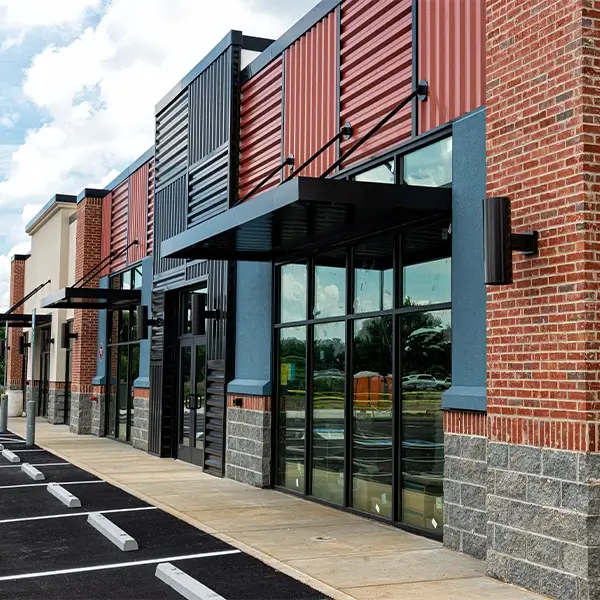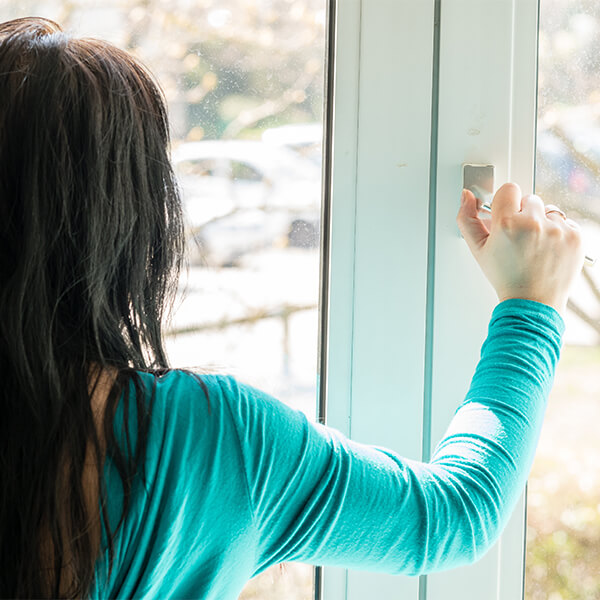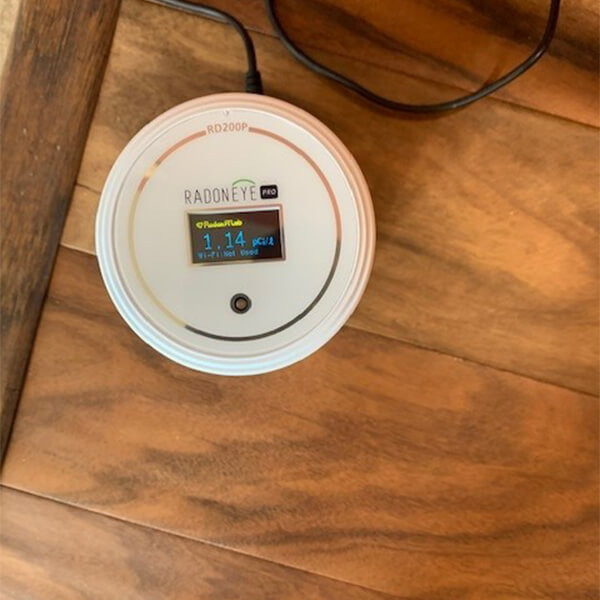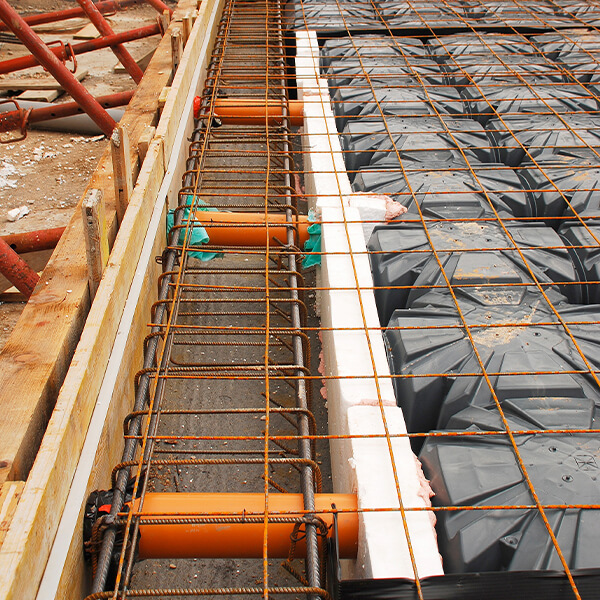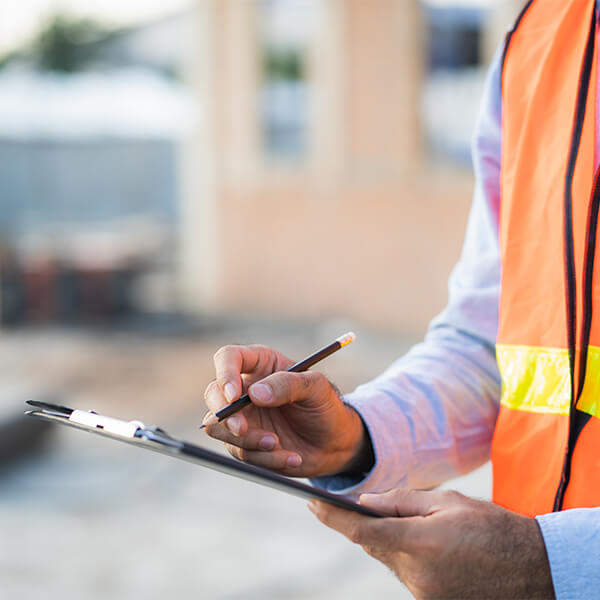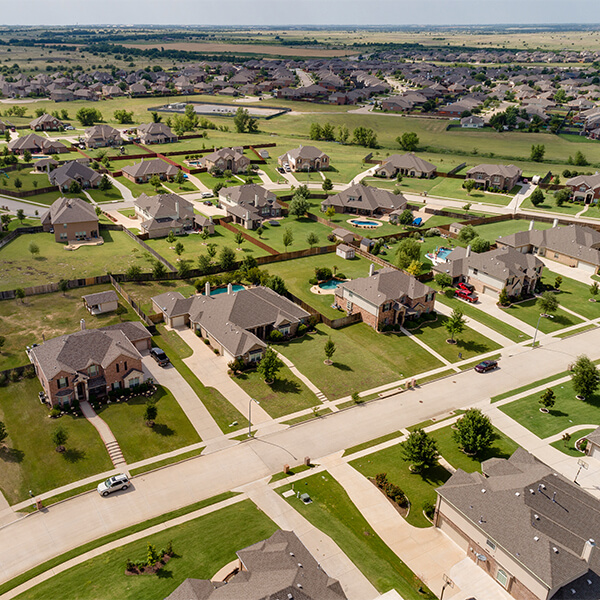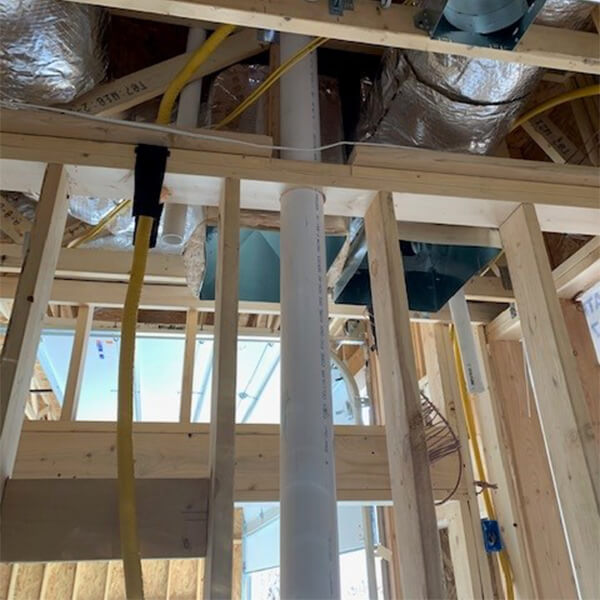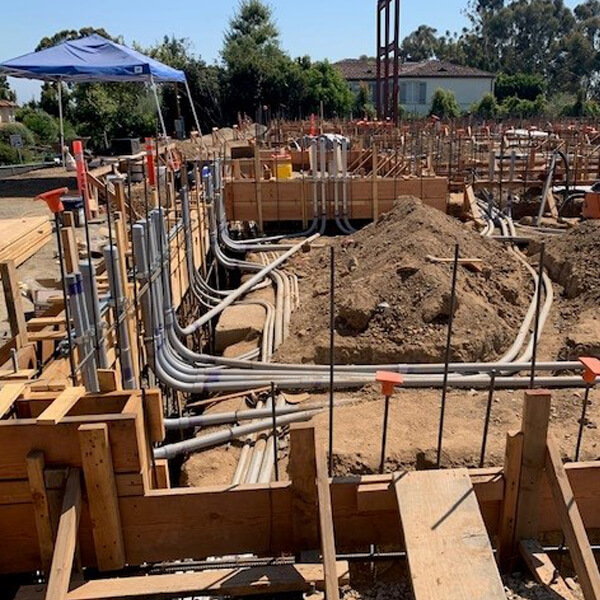Texas Home Inspectors Should Test for Radon
Most Texas homeowners are not well educated on the dangers of radon, as there are no state certifications or laws requiring radon testing or mitigation. However, the EPA, CDC, and the Texas DSHS all recommend home buyers have an indoor radon test performed prior to occupancy.
FHFA Rescinds 2023 Radon Testing Requirements
The FHFA has rescinded its 2023 directive that required standardized radon testing for all Enterprise-backed multifamily properties, allowing Fannie Mae and Freddie Mac to set their own, less rigid policies. While national testing mandates have been lifted, builders and contractors are still encouraged to incorporate radon-resistant construction methods early to reduce long-term risk and ensure compliance with HUD and local regulations.
Why Public Input Matters in Radon Standards
One of the critical ways the radon industry ensures best practices is through the development of national standards, many of which are maintained by the Indoor Environments Association. But the public has an important voice in shaping those standards.
IEA Radon and Vapor Intrusion Symposium 2025
Southwest Radon Eliminators will be attending the Indoor Environments 2025 Radon and Vapor Intrusion Symposium in Fort Worth, Texas, on October 26–29, 2025!
What To Know About Free Radon Test Kits
Radon exposure is a serious concern for both residential and commercial property owners, especially in the Southwest. To help address this issue, several states offer programs providing free radon test kits. However, it's important to understand the limitations of these kits and when professional testing services are necessary.
The National Environmental Public Health Tracking Network
The National Environmental Public Health Tracking Network, created by the CDC in 2002, brings together health and environmental data from federal, state, and local sources. It was developed to address gaps in monitoring environmental health risks and aims to provide reliable, accessible data for public health professionals, researchers, and communities.
Radon Resources: IEA Radon Report Cards
The Indoor Environments Association (IEA), formerly AARST, is a nonprofit dedicated to improving indoor air quality through ethical, science-based standards, including radon mitigation. One of their key resources is the annual Radon Report Cards, which use federal data to evaluate each state's radon policies, testing rates, and health impacts.
Oklahoma Homes Need Radon Testing & Mitigation
Oklahoma sees an estimated 312 radon-induced lung cancer cases per year. Despite these numbers, most homes and businesses in Oklahoma remain untested, and existing policies do little to address the issue.
New Mexico Homes Need Radon Testing & Mitigation
Radon exposure is a genuine concern for many New Mexico communities, with significant radon levels documented across various counties that dramatically exceed the EPA's recommended action threshold.
Arizona Homes Need Radon Testing & Mitigation
Due to the state's diverse geological features, including uranium-rich rock formations, radon levels can be dangerously high in certain areas of Arizona, including Coconino County, Gila County, and Graham County.
The EPA’s Radon Maps Are Misleading
The EPA’s outdated radon maps may no longer reflect current risks, as radon levels vary significantly due to modern building practices and localized geological factors.
Radon Test Results Can Vary Between Neighbors
If your next-door neighbor had a radon test and it came back below danger levels, does that mean your house is safe, too? Not necessarily—radon levels can vary wildly from state to state, county to county, and even home to home.
How Continuous Radon Monitoring Systems Work
Radon poses a significant health risk due to its colorless, odorless, and tasteless nature, accounting for 16.5% of lung cancer related deaths. Continuous Radon Monitoring systems are an essential tool for understanding radon exposure and implementing effective mitigation strategies. These systems are designed with advanced technologies to track radon levels in real time and provide actionable data for property owners and professionals alike.
The Benefits of Continuous Radon Monitoring Systems
When it comes to ensuring the safety and health of your home or business, testing for radon is a crucial step. Radon, an invisible and odorless gas, is a natural byproduct of uranium decay in soil and rocks. Unfortunately, it’s also a known carcinogen and a leading cause of lung cancer in non-smokers. Among the various radon testing methods, Continuous Radon Monitors (CRMs) stand out for their accuracy, convenience, and ability to provide a real-time analysis of radon levels.
A Guide to Radon Mitigation Compliance Testing
While installing a radon mitigation system is an essential step in reducing radon levels, it is equally crucial to verify that the system is working as intended. This is where radon mitigation compliance testing comes in, ensuring that the mitigation system adheres to established safety standards and effectively reduces indoor radon levels.
The Importance of Radon Testing for Homebuyers
Radon is a significant concern in real estate transactions, yet it often doesn’t receive the attention it deserves. This naturally occurring radioactive gas, which seeps into homes from the ground, poses a serious health risk, particularly in enclosed spaces. For both buyers and sellers, understanding radon and addressing it during the home buying or selling process is crucial to ensuring safety and peace of mind.
Understanding Pressure Field Extension (PFE) Testing
When it comes to the safety of your home or business, few features are as critical as a reliable radon mitigation system. However, the amount of suction required for optimal mitigation can vary depending on a number of factors such as design and size. To help determine the proper level of suction and measure the effectiveness of a mitigation system, we perform what is known as Pressure Field Extension testing.
Inadequate Radon Testing in Multifamily Housing
A 2022 study found that around 15% of ground-level units in multifamily buildings across 29 states had radon levels above 4 pCi/L, and the newest testing requirements are not enough to ensure safe levels of radon.
How Radon Levels Vary Throughout the Year
Radon levels are influenced by several environmental and structural factors that change with the seasons. Recognizing these factors can help you understand when to test and how to mitigate radon effectively.
Radon in Finished vs Unfinished Basements
Radon infiltrates homes and businesses particularly through basements, posing significant health risks such as respiratory illnesses and lung cancer. Radon mitigation strategies vary based on whether basements are finished or unfinished, with different sealing and ventilation qualities influencing radon levels and the effectiveness of treatments.
Understanding the Impact of HVAC Systems on Radon Levels
HVAC systems play a crucial role in maintaining the comfort of our homes and businesses, and they can also have a direct impact on radon levels and mitigation efforts.
Recognizing the Symptoms of Radon Exposure
Over time, exposure to radon can lead to the development of numerous upper respiratory illnesses and cancer, the symptoms are not as immediately identifiable. What are the symptoms of radon exposure, and how can you tell if it is potentially impacting someone's health?
The Sources of Radon in Commercial Buildings
While radon concerns often center around residential homes, commercial properties across the Southwest must also contend with this invisible radioactive gas accumulating in workplaces.
Radon Risks and Mitigation: A Comprehensive Resource Guide
To help protect home and business owners in the Southwest, we have compiled valuable resources covering radon, its associated health risks, and how to best protect and educate yourself.
Preparing Your Home for a Radon Test
Invisible to the naked eye, the only way to determine if radon is accumulating to dangerous levels is by testing. However, a test can only be effective if steps are taken to ensure proper testing conditions are met.
Benefits of Radon Mitigation Systems
Radon poses a serious health risk in homes and businesses across the country. Radon can be dramatically reduced by having a professionally installed radon mitigation system, and in addition, there are several benefits to having a radon mitigation system that you may not know about.
Short-Term vs. Long-Term Radon Tests
As NRPP certified radon measurement professionals (RMPs), we frequently get asked about the differences between short-term and long-term radon testing. Here’s what homeowners need to know about choosing a test, and why long-term kits provide the most accurate results.
Understanding the Danger of Radon-Induced Lung Cancer
Invisible and odorless, radon often goes unnoticed without the use of specialized detection equipment. However, prolonged exposure to radon and its radioactive decay particles can cause serious lung damage, making radon exposure the leading cause of lung cancer in non-smokers. As such, it is imperative that all homeowners be vigilant about radon testing to identify and mitigate this stealthy home intruder.
Understanding Sub-Slab Depressurization for Radon Mitigation
Sub-slab depressurization systems are the most common method used to protect building occupants from soil gas intrusion, particularly radon gas. But what exactly is a sub-slab depressurization system, how does it work, and what makes it so effective at mitigating indoor radon?
Air Quality Index and Radon Testing
With the Air Quality Index (AQI) playing a crucial role in assessing the quality of our air, it's natural to wonder how it can impact the results of radon testing. Though it primarily focuses on outdoor air pollutants, AQI can indirectly impact the results of radon testing, especially in residential dwellings.
Radon Operation, Maintenance, and Monitoring (OM&M) Plans
For property owners, occupants, or onsite maintenance techs, maintaining and monitoring both radon levels and mitigation systems can be extremely complicated. That's why it’s recommended by AARST and all radon professionals that you establish a Radon Operation, Maintenance, and Monitoring Plan, or OM&M for short.
New 2023 Radon Testing Requirements from the FHFA
The Federal Housing Finance Agency (FHFA) has taken a crucial step towards safeguarding the health and well-being of tenants living in multifamily properties backed by Fannie Mae and Freddie Mac. With the adoption of a more robust 2023 Enterprise Multifamily Radon Policy, the FHFA is ensuring that the Enterprises' properties continue to offer safe and sustainable housing across the United States.
Should You Be Concerned About Radon In Your Neighborhood?
Radon is a widespread problem across the US, especially in the Southwest which has historically high levels of indoor radon. However, it's important to note that radon levels can vary from state to state, county to county, and even from home to home. As such, if a home in your neighborhood has tested high for indoor radon, it's imperative that you take action to protect your own home from this invisible hazard.
Texas Homes Need Radon Testing & Mitigation
According to the Texas Department of State Health Services, about one in five homes in the state has elevated radon levels above the EPA's recommended action level of 4 pCi/L. If you're a homeowner or property manager in Texas, it's crucial to understand the risks of radon exposure and to take action to protect your family, tenants, and employees.
Interior vs Exterior Radon Mitigation
When it comes to selecting a radon mitigation system for your home, you'll have the choice between either an interior system or exterior system. Understanding the pros and cons of both will help you make an informed decision when determining which system that best suits your needs for your home or business.
National Radon Action Month
Exposure to indoor radon is a serious health risk for home and business owners. This colorless, odorless, tasteless gas is the leading cause of lung cancer among non-smokers and is responsible for over 20,000 deaths per year. To help raise awareness, promote radon testing, and educate our communities about the dangers of radon, the EPA has designated January as National Radon Action Month here in the United States.
Radon Mitigation System Maintenance
A radon mitigation system is the most effective means of protecting yourself and your family from the dangers of indoor radon. When properly installed, a radon mitigation system will effectively reduce indoor radon levels by up to 99%. However, a common question we get from home and business owners is what maintenance is needed to keep your radon system running as it should.
Radon Across the Southwest
Though it varies from state to state and even county to county, indoor radon is a hazard of which all homeowners should be aware. This naturally occurring radioactive gas is the leading cause of lung cancer for non-smokers in the US and is found in homes across the country, including the American Southwest. As such, the EPA and NRPP strongly advise all homeowners to have their property tested prior to purchase and have an appropriate mitigation system installed.
